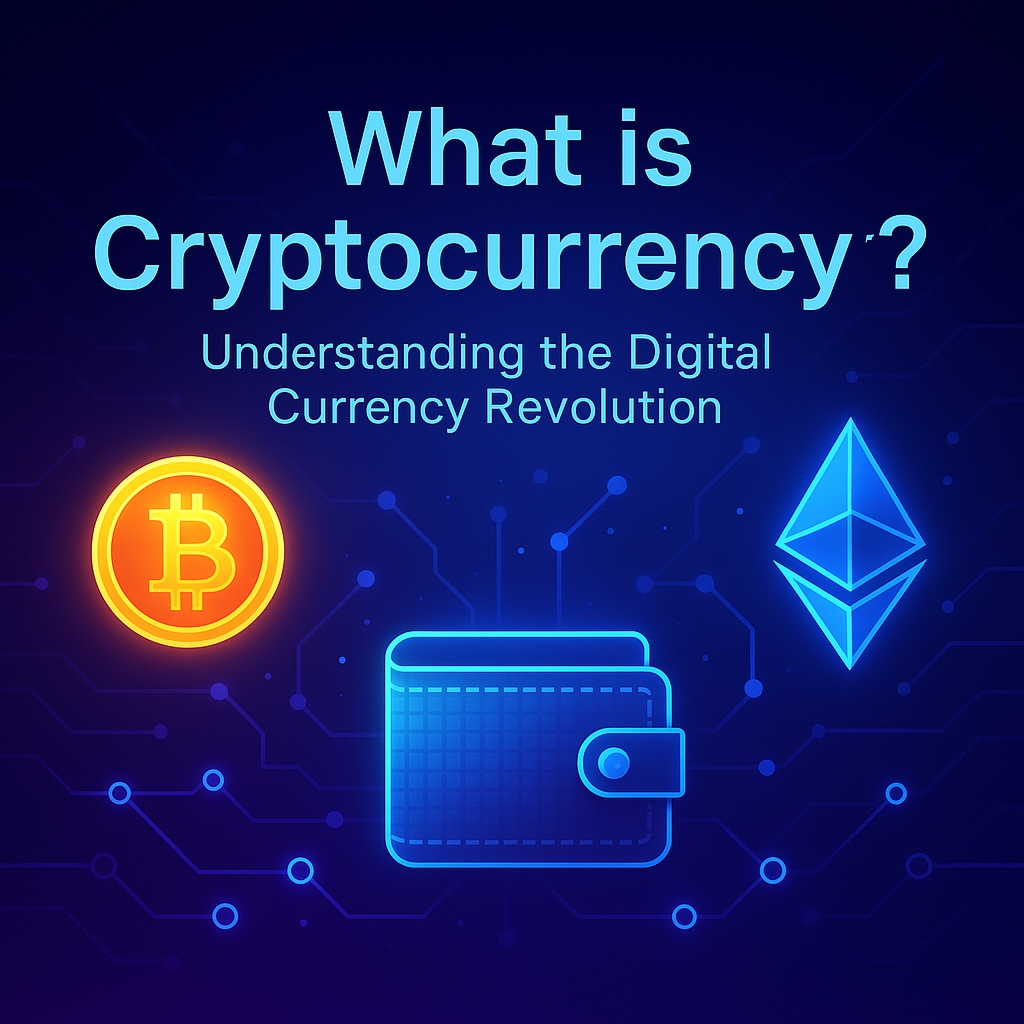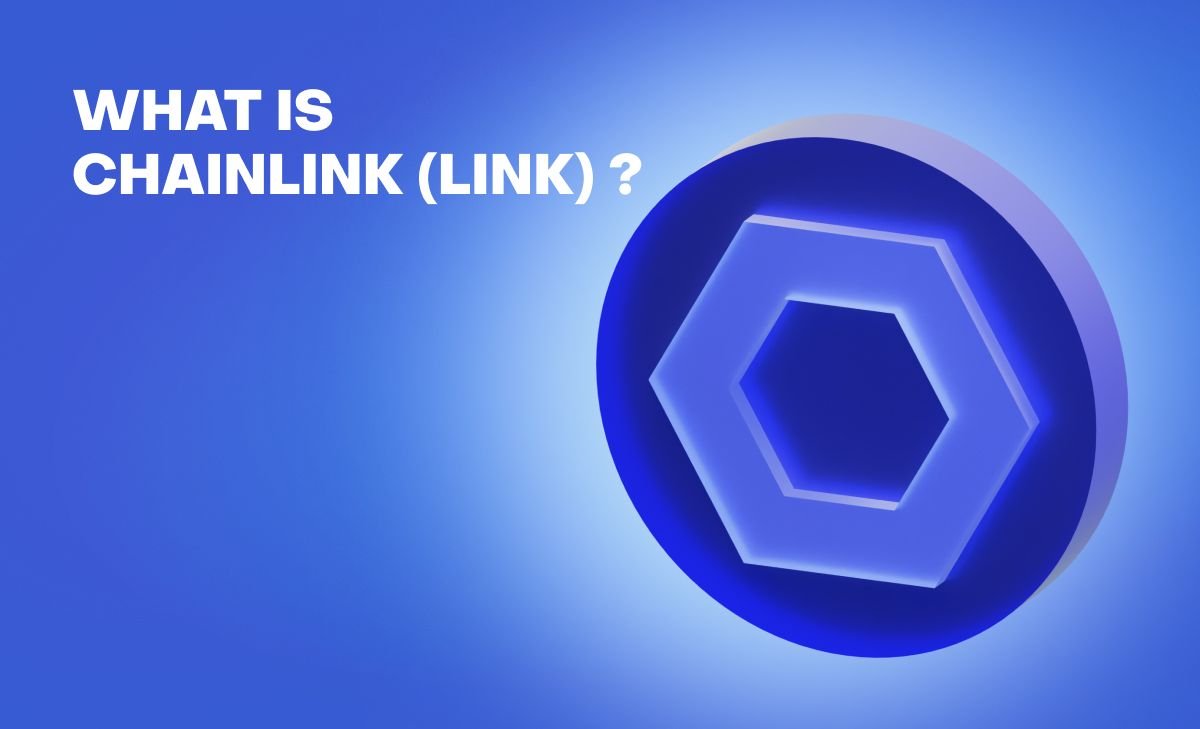Breaking News
Popular News




Enter your email address below and subscribe to our newsletter

What is Chainlink? If you’re new to the world of cryptocurrency, you’ve probably come across this name—but what does it really mean, and why is it important?
At bit2050.com, we aim to simplify complex crypto topics. So let’s dive deep into Chainlink and explore why it’s considered one of the most powerful innovations in the blockchain space.
Chainlink is a decentralized oracle network that allows smart contracts on blockchains like Ethereum to securely interact with real-world data, APIs, and external events.
Smart contracts are self-executing programs that run on blockchains, but they’re typically isolated from the outside world. That’s where Chainlink steps in.
Chainlink functions through a network of oracles, which are third-party data sources that supply smart contracts with information like:
Stock market prices
Weather data
Sports scores
Election results
Here’s a quick breakdown:
Request Initiated: A smart contract requests external data.
Chainlink Nodes Respond: Multiple Chainlink oracles are chosen to fetch the data.
Aggregation: The responses are validated and combined to provide the most accurate result.
Delivery: The verified data is fed into the smart contract.
Chainlink solves the oracle problem—the inability of blockchains to access external data securely. This makes it a foundational element for:
DeFi platforms like Aave and Compound
Insurance smart contracts reacting to real-world events
Gaming and NFTs needing external randomness
Chainlink has its native token, LINK, used to:
Pay node operators for fetching data
Incentivize honest behavior in the network
Stake for future upgrades
DeFi Protocols: Chainlink is integrated into top DeFi projects to deliver secure price feeds.
Insurance: Weather-based smart contracts in agriculture.
Gaming: Verifiable randomness used in blockchain games and NFTs.
Pros:
Highly secure and decentralized
Wide real-world adoption
Essential for DeFi ecosystem
Cons:
Gas fees can be high on Ethereum
Centralization risk in node selection (still being improved)
Chainlink is much more than just a crypto project—it’s a powerful infrastructure tool bridging blockchains with the real world. As the blockchain space grows, Chainlink’s role is only becoming more critical.
Stay tuned to bit2050.com for more insightful articles on emerging crypto technologies!
Q1: Is Chainlink a good investment?
A: Chainlink is a utility token with real use cases in the DeFi space, but like all crypto investments, it carries risk. Do your own research.
Q2: What makes Chainlink different from other oracles?
A: Its decentralization, reputation system, and wide adoption make it a leader in the oracle space.
Q3: Can Chainlink be used outside of Ethereum?
A: Yes, Chainlink is blockchain-agnostic and supports multiple networks including BNB Chain, Polygon, and more.
Q4: Who are Chainlink’s competitors?
A: Band Protocol, API3, and Witnet are some of the alternatives, but Chainlink remains the most widely used.
Chainlink, Smart Contracts, Crypto Oracle, LINK Token, DeFi, Blockchain Basics, Crypto Education